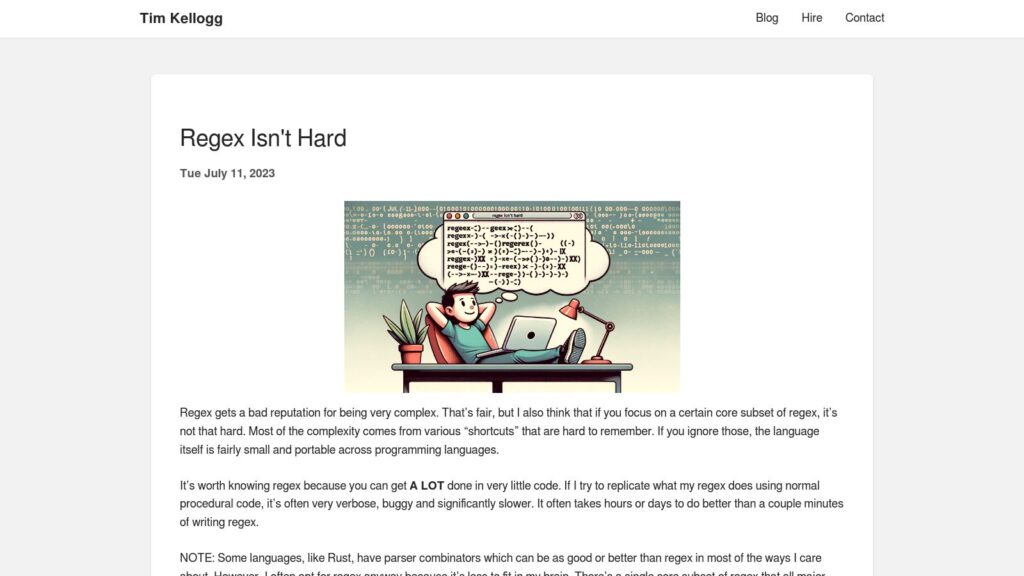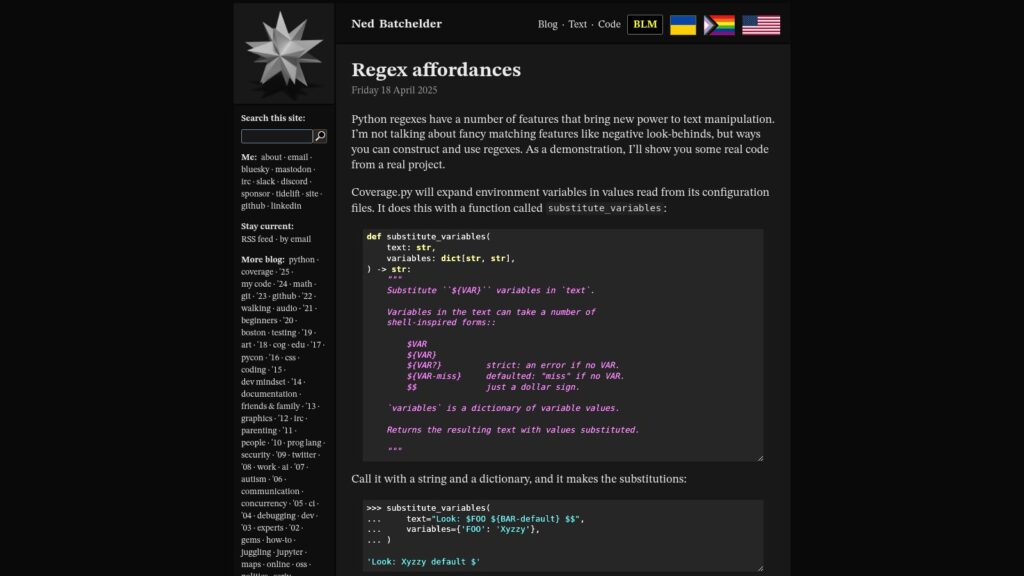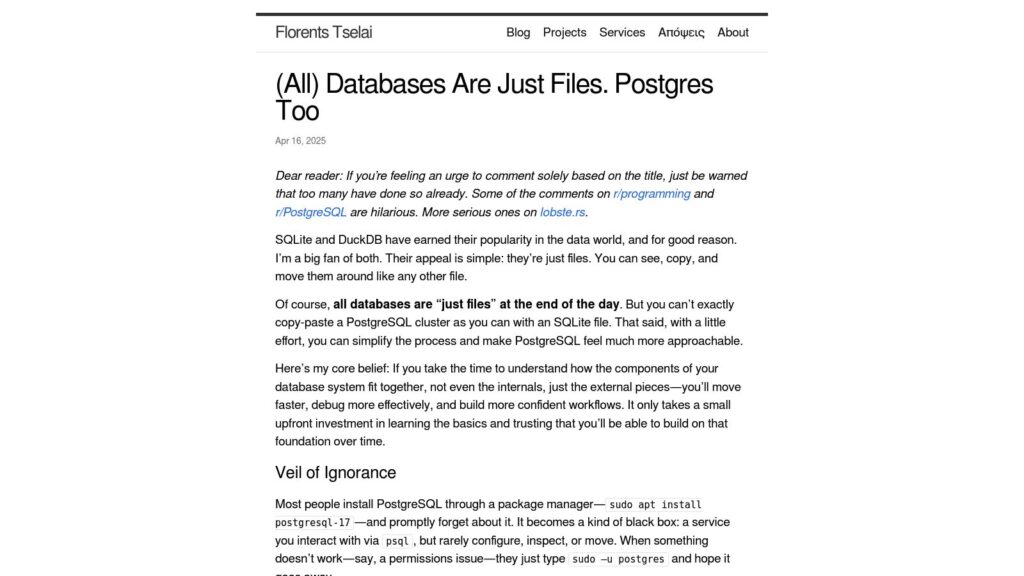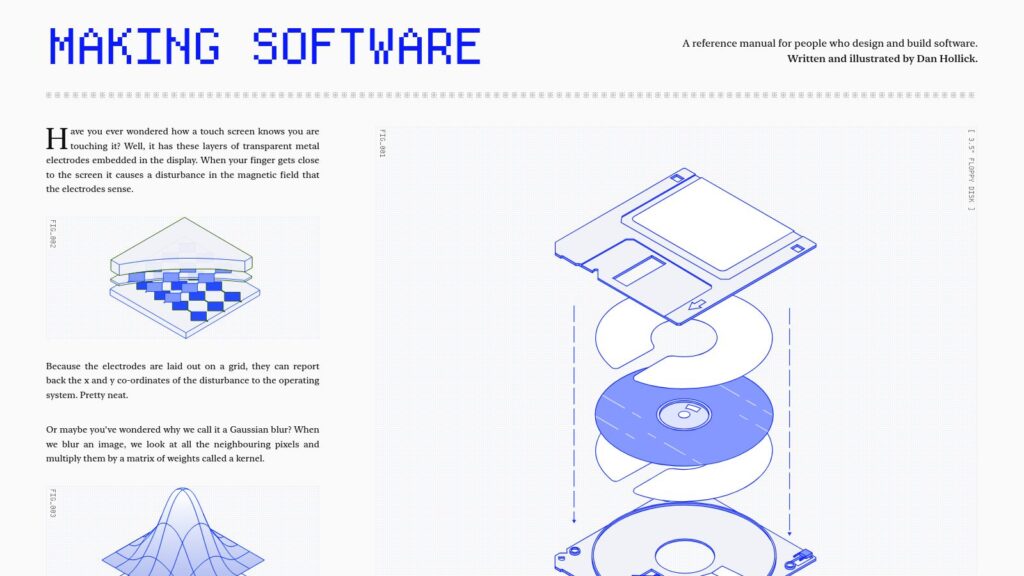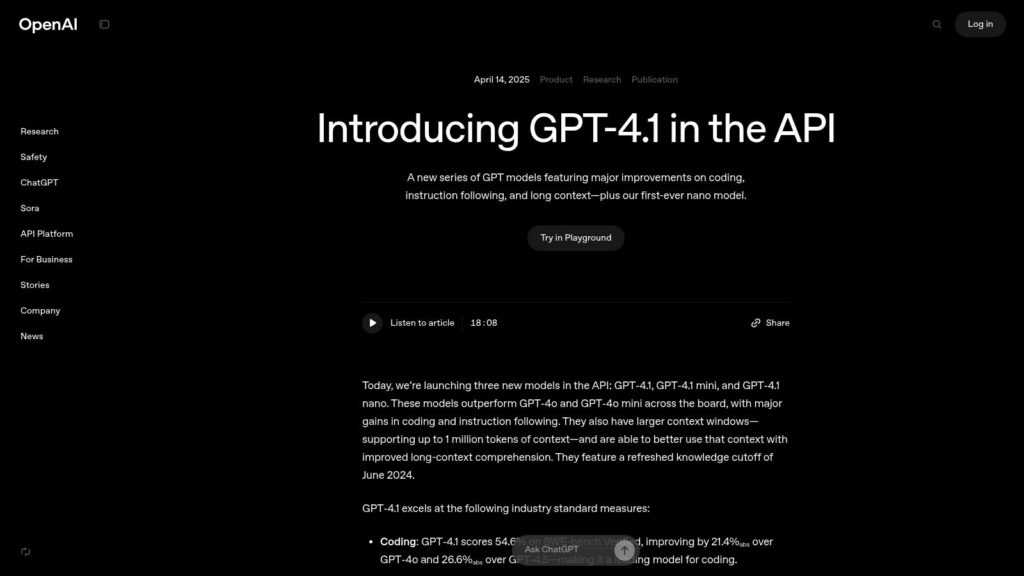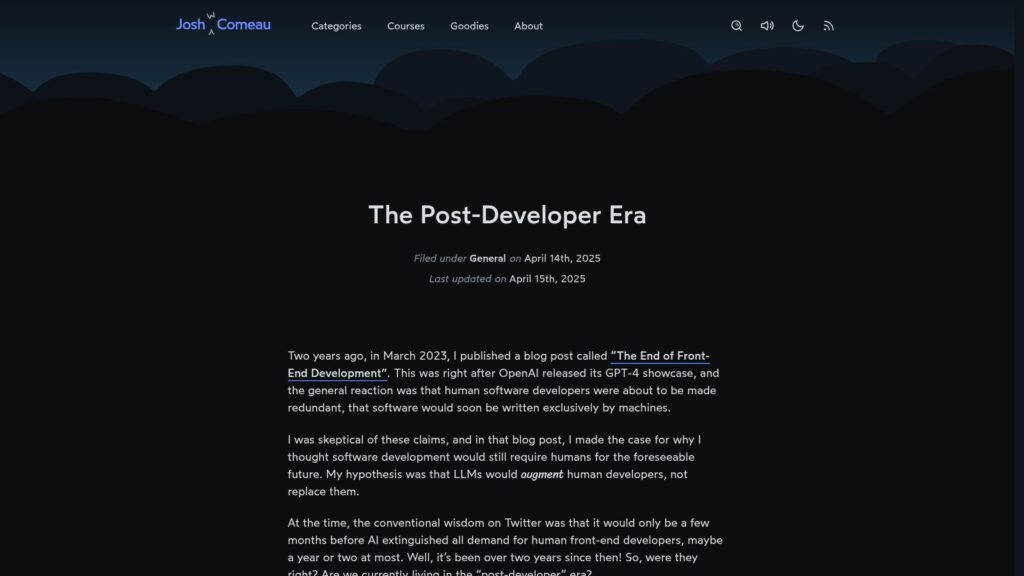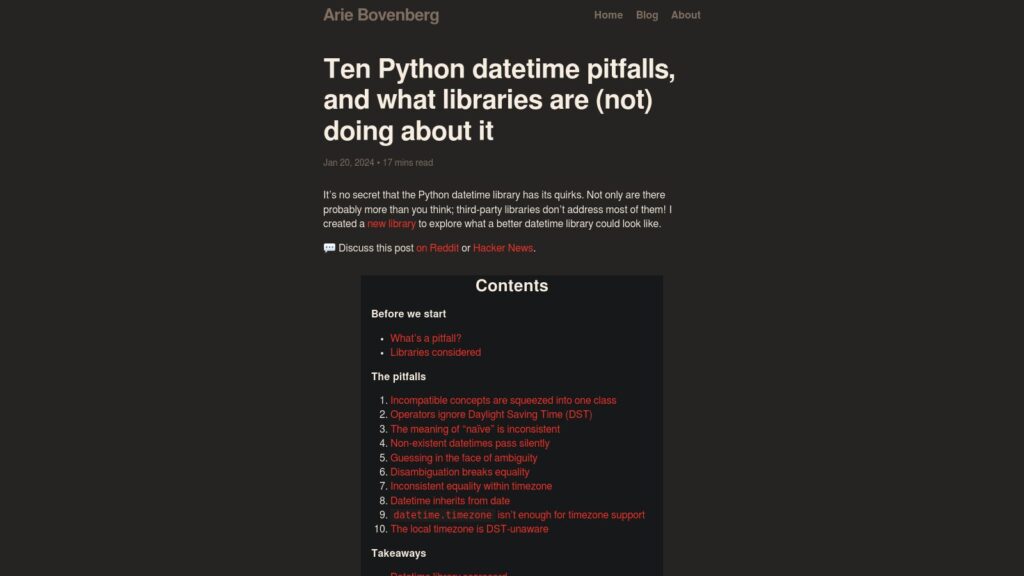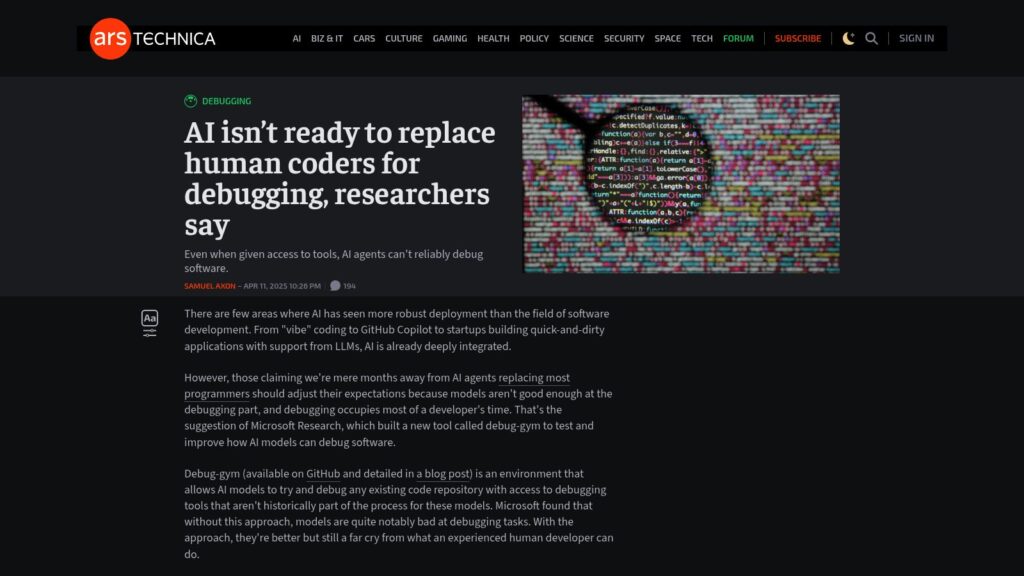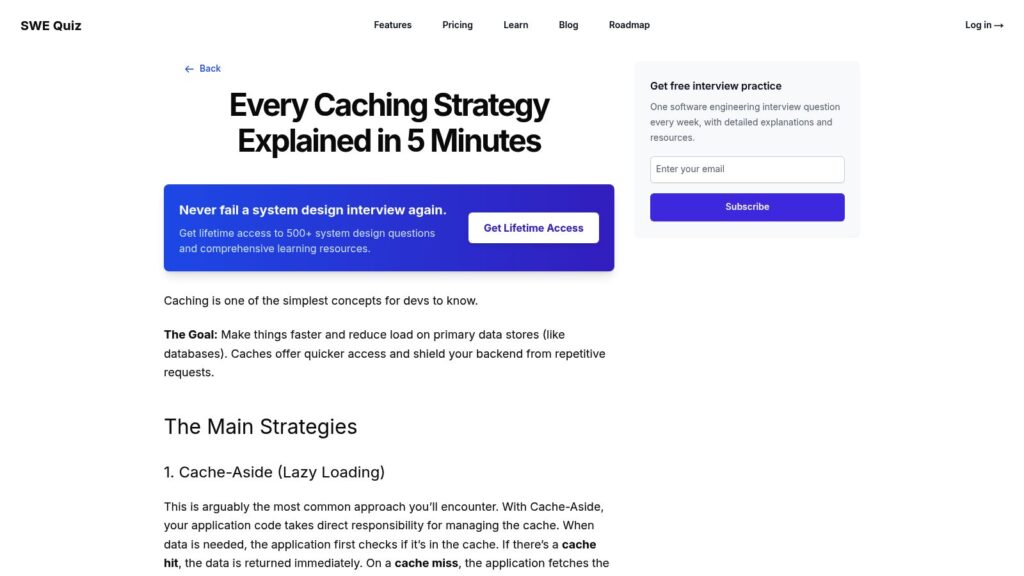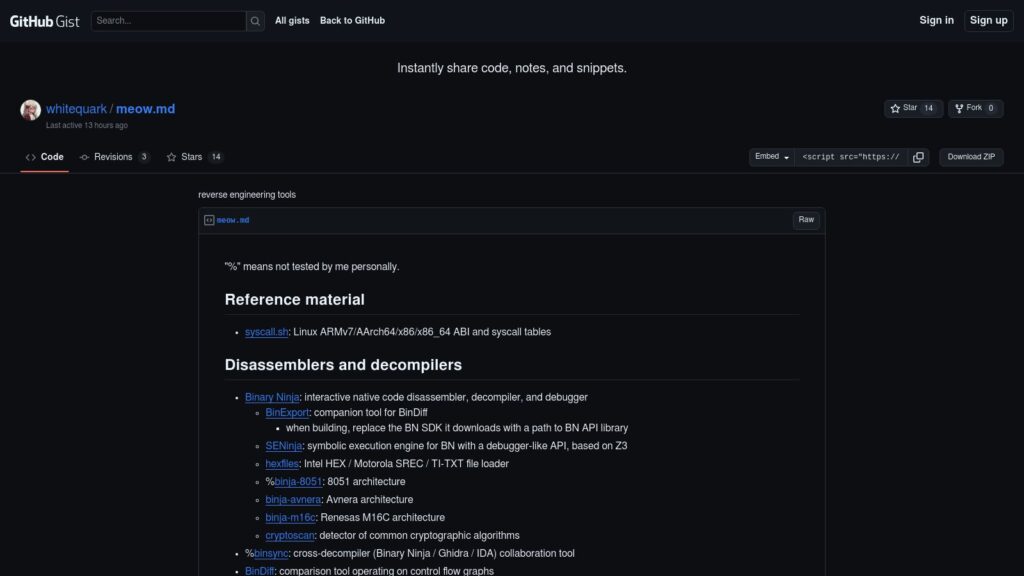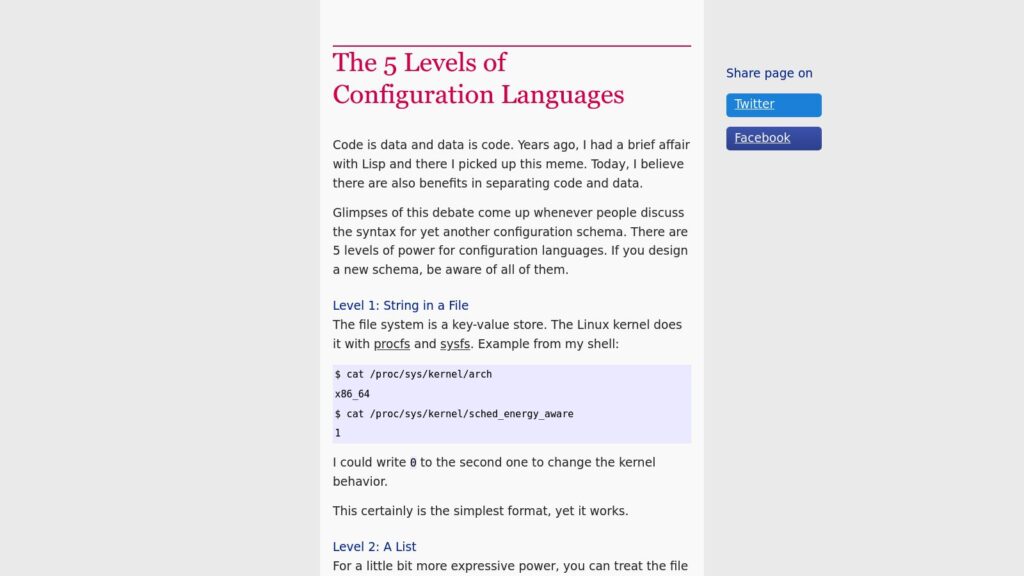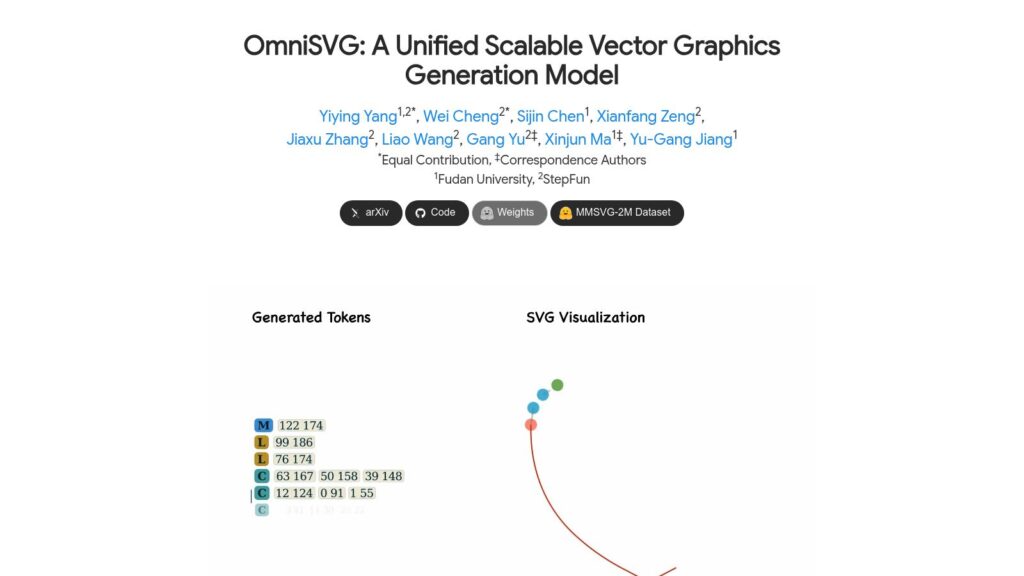Regex Isn’t Hard
Regex is perceived as complex, but focusing on a core subset simplifies it. Knowing regex is valuable for efficient problem-solving in programming. Key concepts include character sets, repetition, groups, and specific operators (|, ^, $). Avoid complex shortcuts, preferring straightforward methods. Regex is fairly consistent across languages, making it easier to learn. A basic understanding yields significant utility in text processing.

